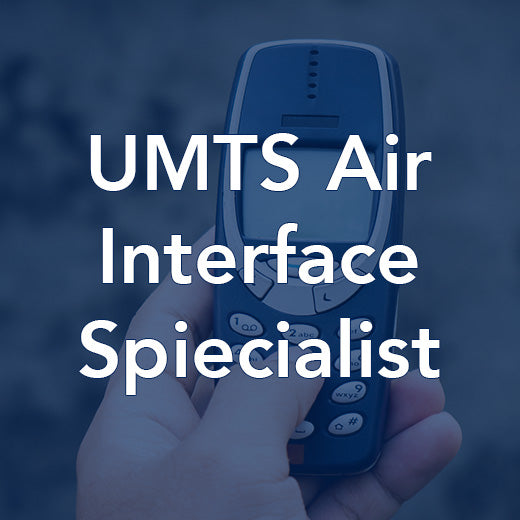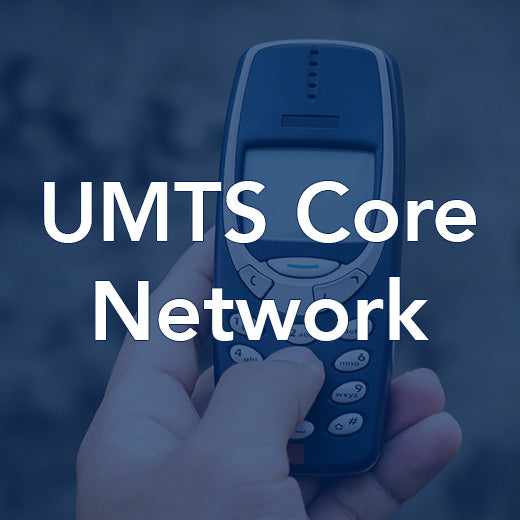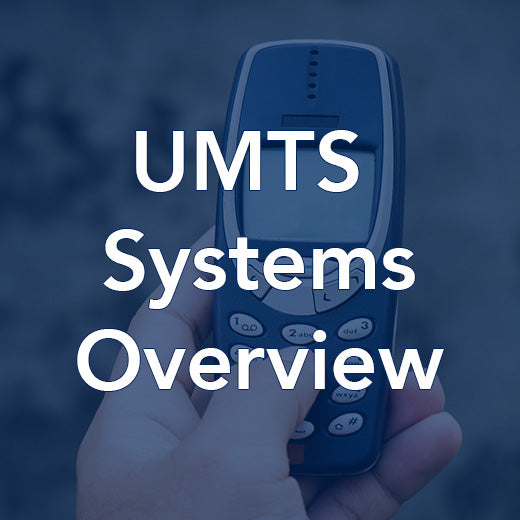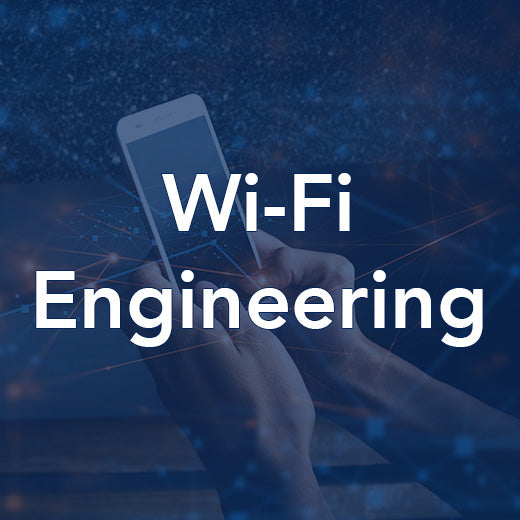At its heart, radio spectrum management is essentially a technical discipline, overlaid by strategic and economic considerations. One of the main technical goals of spectrum management is to control interference between radio users so as to optimize the use of the spectrum. Controlling interference is not straightforward and requires the balancing of many factors and undertaking this balancing act requires expert skills. This course describes the necessary theoretical, practical and physical qualities of the radio spectrum including the specifics of wave propagation. Following a review of technical fundamentals such as modulation, antennas and propagation modeling, the course considers the characteristics of different parts of the radio spectrum, and examines in detail the different uses to which it is put. The course then discusses why specific uses are often associated with particular radio frequencies and reviews the technical capabilities and limitations of today’s RF technologies. Interference mechanisms and coordination procedures are explored, together with an understanding of how the performance of radio equipment affects interference and coverage. Finally, detailed explanations of the specifics of the most common radio communication services including broadcast, land mobile, fixed and satellite services are given.
Course Objectives
After completing the course, participants will have a full understanding of the technical and physical issues which impact spectrum management. In addition, they will have deepened their technical knowledge of different radio services and will understand the principles behind controlling interference and the coordination procedures.
Intended for
This course is intended for those interested in the technical aspects of spectrum management. This includes those working in a technical function at regulators as well as in telecommunications and broadcasting companies and in organizations with a need for strong technical knowledge.
Contents
Communication principles, modulation techniques and antennas
Radio wave propagation, terrain data and propagation calculations
Characteristics and use of the radio spectrum from ELF to EHF
Detailed exploration of a range of radio communication services:
Technical characteristics, service planning
Frequency assignment, coordination procedures
About LS telcom:
LS telcom is a global leader in technologies and consulting services for efficient radio spectrum use, optimizing spectrum management to ensure reliable, interference-free, and secure radio services. Our portfolio includes consulting, measurement services, and integrated solutions for planning, analysis, monitoring, and managing radio infrastructure.
Serving customers in over 100 countries, including regulatory authorities, network operators, and industries such as transport, utilities, and security, LS telcom operates globally with subsidiaries and offices in locations like Germany, the UK, Canada, India, and the UAE. Headquartered in Lichtenau, Germany, LS telcom AG has been listed on the German Stock Exchange since 2001 (ISIN DE 0005754402).
Read more less

































